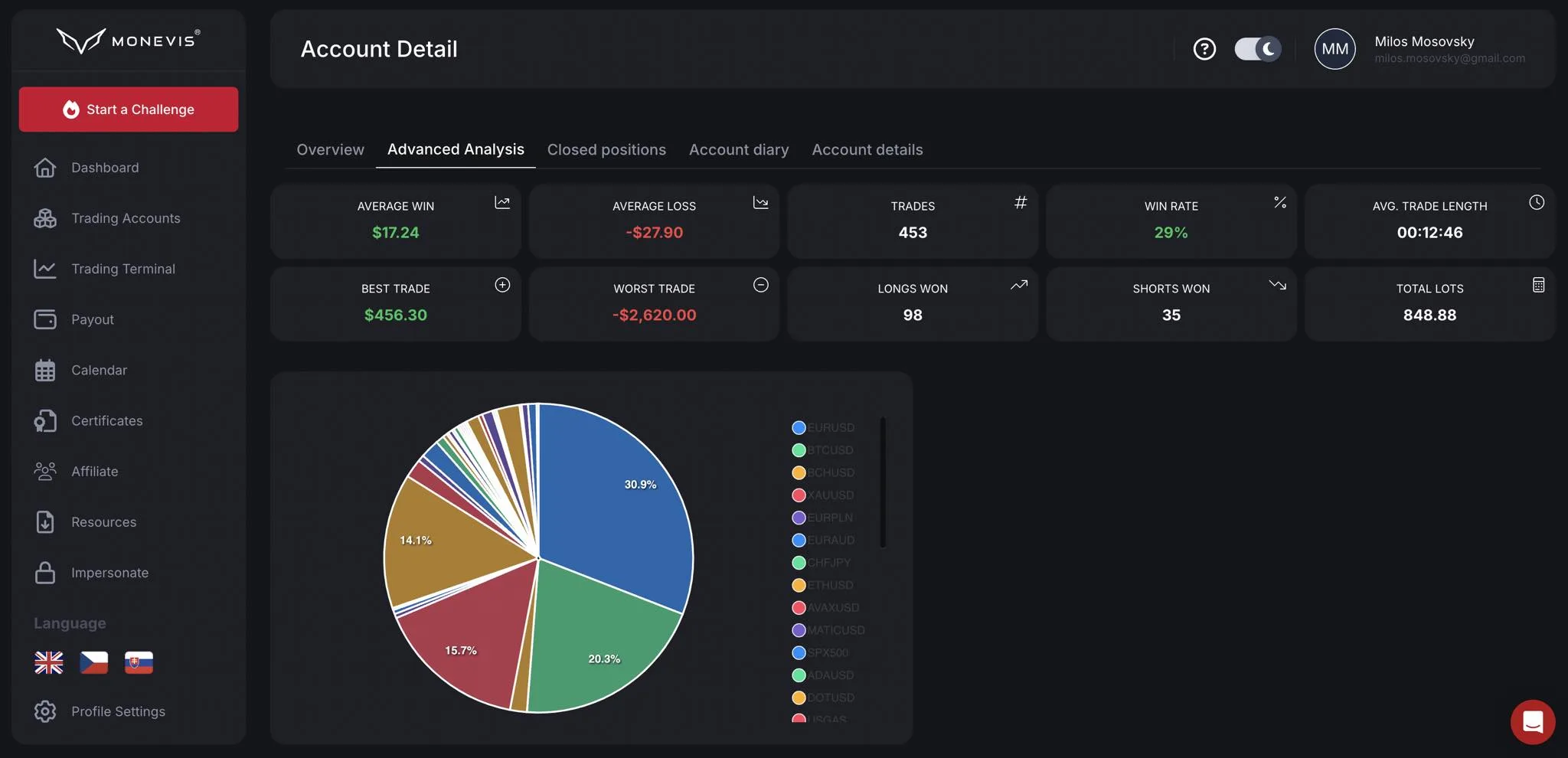HOT TIP: Unleash your trading potential with Monevis®

Understanding Quantitative Trading: An Comprehensive Exploration
Introduction to Quantitative Trading
Quantitative Trading, also known as algorithmic or systematic trading, is a method that utilizes mathematical computations and number-crunching to identify trading opportunities in the financial markets. The primary goal is to generate profits with the help of advanced quantitative techniques and high-frequency trading technology.
In an era of technological advancement, quantitative trading has emerged as an innovative and effective trading technique. It leverages the power of data analysis, statistical algorithms, and automated trading systems, which allows traders to make informed decisions and minimize risks.
The Mechanics of Quantitative Trading
Quantitative trading is primarily based on mathematical and statistical methods. It uses various quantitative tools such as historical data, price patterns, trading volumes and other market data to identify trading opportunities. Mathematical models and algorithms are used to forecast price movements and generate trading signals.
A typical quantitative trading process involves the following steps:
– Data Collection: This step involves gathering historical and real-time market data. The data can include price, volume, open interest, economic data, and other relevant information.
– Data Analysis: The collected data is analyzed using statistical and quantitative methods. The goal is to identify patterns, correlations, and other meaningful information that can be used to predict future price movements.
– Strategy Development: Based on the analyzed data, a trading strategy is developed. The strategy defines the rules for entry and exit points, risk management, and other trading parameters.
– Backtesting: Before implementing the strategy in the live market, it is tested on historical data to evaluate its profitability and risk. This step is crucial to understand the potential performance of the trading strategy.
– Execution: If the backtesting results are satisfactory, the trading strategy is implemented in the live market using an automated trading system.
Types of Quantitative Trading Strategies
Quantitative trading strategies are generally classified into four types:
1. Trend Following: This strategy is based on the belief that certain price trends in the financial market will continue for some time. Trend-following strategies aim to identify and capitalize on these trends using technical analysis.
2. Mean Reversion: Mean reversion strategies assume that prices will revert to their mean or average over time. Traders using this strategy will look for price deviations from the mean and trade in the direction of reversion.
3. Arbitrage: Arbitrage strategies aim to profit from price discrepancies of the same asset in different markets or different assets with similar cash flows.
4. Statistical Arbitrage: This strategy involves a portfolio of long and short positions in various assets to achieve a market-neutral position.
Benefits of Quantitative Trading
Quantitative trading presents several advantages:
– Elimination of Human Emotion: By using automated systems, quantitative trading removes emotions from the trading process, which can often lead to irrational decisions.
– Speed and Efficiency: Quantitative trading systems can analyze a vast amount of data and execute trades in a fraction of a second. This allows traders to exploit short-lived trading opportunities that manual traders could miss.
– Risk Management: Quantitative trading allows traders to define precise risk parameters, ensuring that potential losses are kept within acceptable limits.
– Consistency: Unlike human traders, quantitative trading systems can consistently apply the defined trading strategy without deviation, ensuring a higher degree of consistency.
Challenges in Quantitative Trading
Despite its many benefits, quantitative trading also presents some challenges:
– Data Quality: Success in quantitative trading heavily depends on the quality and accuracy of the data. Poor quality data can lead to inaccurate analysis and wrong trading decisions.
– Overfitting: It refers to a situation where a trading model is excessively complex and fits the historical data too closely. Such models tend to perform poorly in live trading.
– Technology and Infrastructure: Quantitative trading requires a robust and reliable technology infrastructure. Any technical glitches can lead to huge losses.
– Regulatory Changes: Changes in trading regulations can impact the profitability of a trading strategy.
Conclusion
Quantitative trading is a powerful tool in the world of finance. It combines the power of mathematics, statistics, and technology to create profitable trading opportunities. However, it also requires a solid understanding of the financial markets, advanced mathematical skills, and the ability to develop and maintain sophisticated trading systems. As with any investment strategy, it also carries a degree of risk and should be undertaken with careful consideration and understanding.
HOT TIP: Unleash your trading potential with Monevis®
